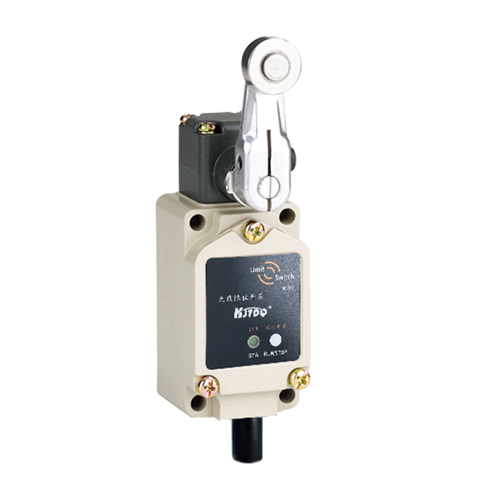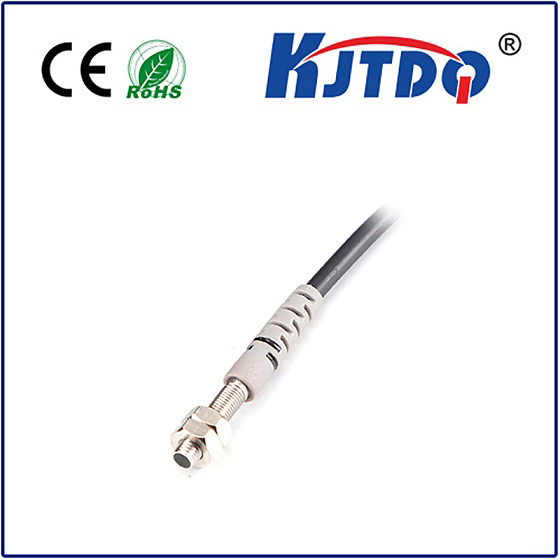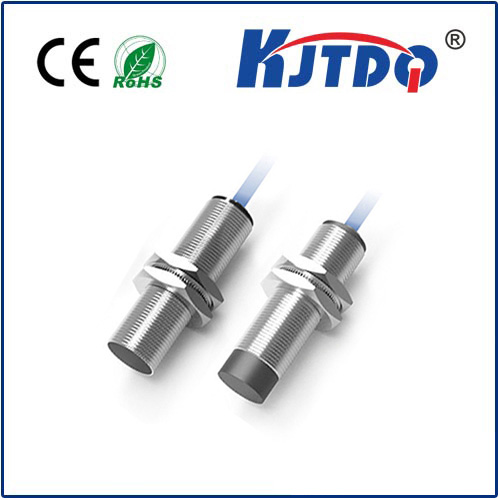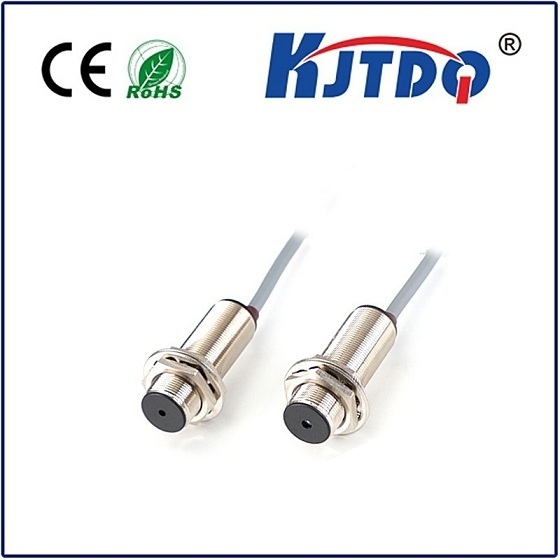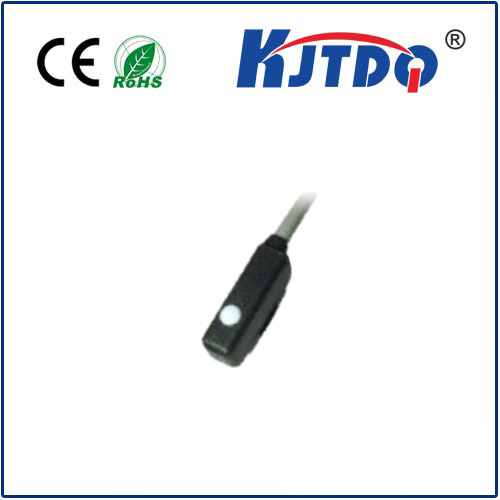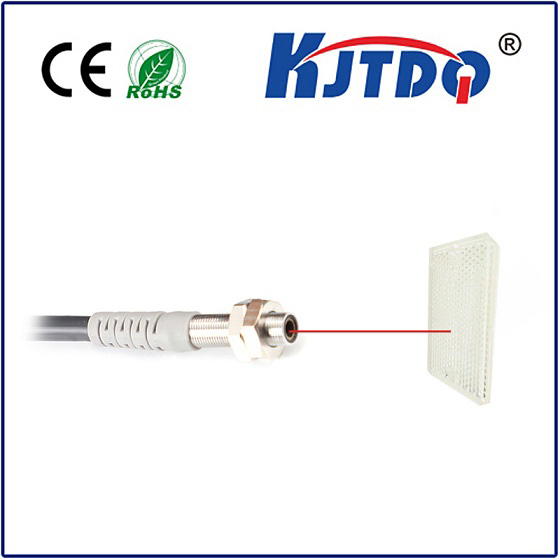

check

check

check

check
Optical Fiber Sensors in Modern Structural Health Monitoring: The Case of FU-35TG
Optical fiber sensors have become a transformative technology in the field of structural health monitoring (SHM), offering high precision, durability, and versatility in real-time data acquisition. Among the various types of optical fiber sensors, the FU-35TG optical fiber sensor stands out for its advanced design and wide range of applications. This article explores the key features, functionality, and benefits of the FU-35TG optical fiber sensor, highlighting its role in modern engineering and monitoring systems.
The FU-35TG optical fiber sensor is designed to measure strain, temperature, and vibration in structural components. It utilizes optical fibers embedded within materials such as concrete, steel, and composite structures to detect micro-deformations and environmental changes. Unlike traditional sensors, the FU-35TG offers high accuracy and long-term stability, making it ideal for use in harsh environments. The sensor’s integrated circuitry and modular design allow for easy installation and maintenance, further enhancing its practicality.

A key feature of the FU-35TG is its ability to provide real-time data through optical signals. By detecting changes in light intensity or wavelength, the sensor can monitor structural stress and strain with remarkable precision. This capability is particularly valuable in civil engineering, aerospace, and automotive industries, where structural integrity is critical. The sensor’s non-contact nature also minimizes interference from external factors, ensuring accurate readings even in dynamic or high-stress conditions.
The FU-35TG sensor is also equipped with advanced signal processing algorithms that enable data interpretation and analysis. These algorithms help engineers detect anomalies, predict failure points, and optimize structural performance. The sensor’s compatibility with various data acquisition systems allows for seamless integration into existing monitoring infrastructure, making it a versatile solution for modern engineering challenges.
In addition to its technical advantages, the FU-35TG excels in reliability and longevity. Its robust construction and protective coating ensure that it can withstand extreme temperatures, humidity, and mechanical stress. This durability makes it suitable for long-term monitoring applications, such as bridge inspections, tunnel surveillance, and building safety assessments. The sensor’s modular design also allows for customization, enabling users to adapt it to specific needs and environments.
As the demand for intelligent monitoring systems continues to grow, the FU-35TG optical fiber sensor represents a significant advancement in structural health monitoring. Its combination of high precision, real-time data collection, and ease of integration makes it a preferred choice for engineers and researchers. By leveraging the power of optical fiber technology, the FU-35TG not only enhances the safety and performance of critical infrastructure but also contributes to the development of more sustainable and resilient engineering solutions.
In conclusion, the FU-35TG optical fiber sensor is a groundbreaking innovation in the field of structural health monitoring. Its advanced features, reliability, and versatility make it an essential tool for modern engineering and monitoring applications. As technology continues to evolve, the FU-35TG will play an even greater role in ensuring the safety and efficiency of critical infrastructure.
